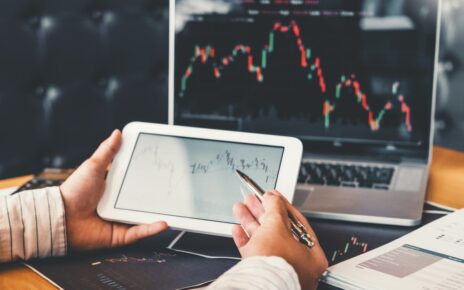Automated trading solutions, also known as algorithmic trading or algo-trading, have revolutionized financial markets over the past few decades. These automated trading solutions systems use advanced algorithms to execute trades at high speeds and volumes, significantly impacting market dynamics, liquidity, and efficiency.
One of the most notable impacts of automated trading solutions is enhanced market liquidity. By facilitating many trades quickly, automated systems increase the availability of buy and sell orders. This high liquidity benefits all market participants by narrowing bid-ask spreads, which reduces transaction costs and allows for smoother, more efficient market operations. Furthermore, the speed of execution in automated trading helps to quickly adjust prices to reflect new information, enhancing overall market efficiency.
Automated trading solutions also contribute to the diversification of trading strategies. Traditional trading often relies on human intuition and analysis, which can be subject to emotional biases. In contrast, algorithmic trading uses data-driven strategies that can include arbitrage, trend following, and statistical analysis. These strategies can be backtested using historical data, providing a robust framework for decision-making that minimizes emotional influences. This scientific approach to trading can improve the consistency and profitability of trading activities.
The rise of automated trading is not without challenges. One significant concern is the potential for market volatility. The 2010 Flash Crash, where the Dow Jones Industrial Average plummeted and recovered within minutes, highlighted the risks associated with high-frequency trading (HFT) algorithms. These algorithms can amplify market movements and, in extreme cases, lead to rapid, large-scale price swings that can undermine investor confidence and market stability. Regulatory bodies have since implemented measures to mitigate such risks, including circuit breakers and stricter scrutiny of HFT activities.
The competitive nature of automated trading has intensified the arms race for technological superiority. Firms invest heavily in low-latency trading infrastructure, seeking to gain microsecond advantages over competitors. This technological arms race can lead to disparities among market participants, with those unable to afford such investments being at a disadvantage.
Automated trading solutions have profoundly impacted financial markets, enhancing liquidity and efficiency while diversifying trading strategies. However, they also pose challenges, including potential market volatility and increased competition for technological advancements. Balancing these benefits and risks is crucial for ensuring that the evolution of automated trading continues to contribute positively to the financial markets. Regulatory oversight and technological innovations will play key roles in shaping the future landscape of algorithmic trading, striving to maintain fair and stable markets for all participants.




